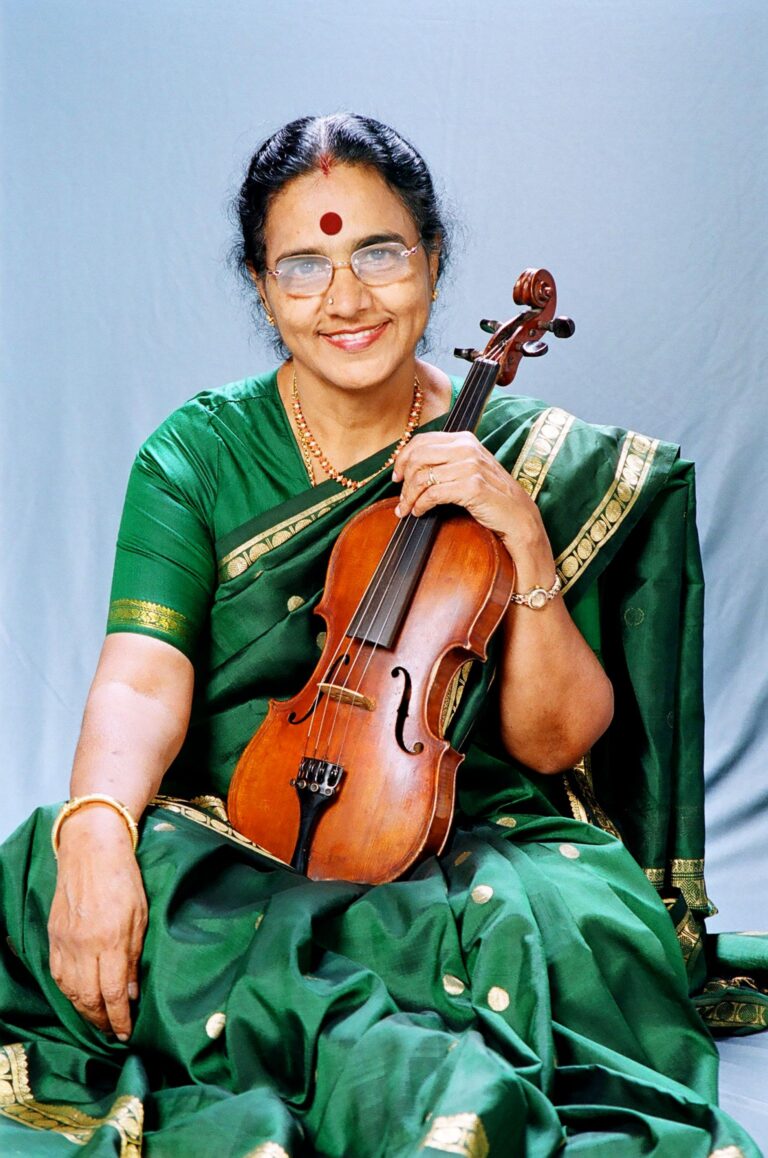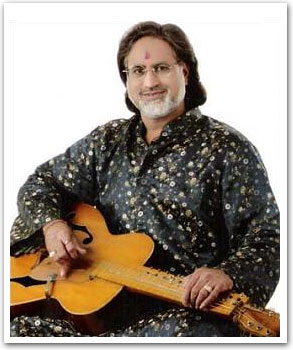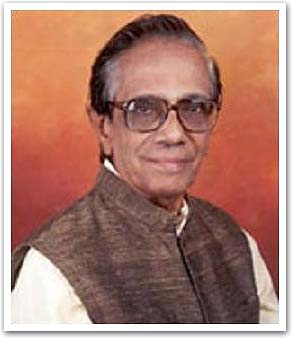what experts say about the 22 shruti research & instruments

DR. N. RAJAM
I was pleased to see the research on 22 Shrutis by Dr. Vidyadhar Oke, and the 2 new musical instruments created by him namely, 22-Shruti-Harmonium and 22-Shruti-Metallophone.
There has been a lot of debate on the nature and existence of 22 Shrutis in India for a long time.
Dr. Oke has provided a detail mathematical foundation with a precise formula as a basis to generate the Indian 22 Shrutis.
Thereafter, using the formula, he has synthesized the sounds of the 22 Shrutis accurately on the Synthesizer and has modified a traditional harmonium with European 12-Tone Equitempered tuning to a patented 22-Shruti-Harmonium.
The instrument is extremely melodic and creates consonances with the purity of the Tanpura e.g., Shadja-Gandhar-Pancham, Madhyam-Dhaivat-Shadja, Pancham-Nishad-Rishabha, Madhyam-Komal Nishad-Rishabha, Komal Gandhar-Pancham-Komal Nishad, etc, never heard so accurately before.
What is surprising is that when several/all the notes in the same Raga are played together, they still do not create any dissonance. The 22-Shruti-Harmonium therefore seems to provide the answers to the challenges found by the traditional harmonium while playing Raga-Sangeet.
The 22-Shruti-Metallophone created by him is a handy instrument providing accurate and standardized sounds of 22 Shrutis and can be used both by students and the experts.

PT. VISHWA MOHAN BHATT
22 Shrutis of the Indian Classical music are the fundamental pillars of the Saptak and they provide the principal notes to be used as a basis in Raga-Sangeet.
Known for ages, they have been passed down over generations by our great Guru-Shishya Parampara.
However, not many had succeeded in deciphering the mathematical principles behind the 22 Shrutis along with their emerging precise locations.
With this background, I was pleased to see the research work done by Dr. Vidyadhar Oke and the 22-Shruti-Harmonium and 22-Shruti-Metallophone created by him.
Dr. Oke has given the underlying mathematical formula in a simplified manner and that provides accurately all the 22 Shrutis.
The 3 prime ratios stated by Bharatmuni as 1)'Poorna Shruti', 2) 'Nyuna Shruti', and 3) 'Pramana Shruti' correspond to 1.0535, 1.0416, and 1.0125 respectively and starting with the Shadja, they come with an astonishing sequence of 1323, 1323, 1323,1, 1323,1323,1 and provide the frequencies of all the 22 Shrutis right upto the 9th decimal.
Dr. Oke has created the accurate sounds of these 22 Shrutis using the Synthesizer technology and thereafter provided them under 12 keys in every Saptak by modifying the structure of traditional Harmonium.
In his 22-Shruti-Harmonium, one can select the required Shruti for any Swara quite easily by pulling a knob, and then play the Raga. He has also created a Metallophone which can provide readily, the precise sounds of these 22 Shrutis.
These 2 instruments should be useful to harmonium players, other musicians and vocalists as a ready reference of the sounds of 22 Shrutis, and for facilitating riyaz.
I congratulate Dr. Oke for making a good contribution to the cause of Indian Classical Music and wish him success.

LATE PT. SHREEKRISHNA HALDANKAR
It was a delightful and refreshing experience to hear Dr. Vidyadhar Oke explain his formula evolved to establish the position of each and every shruti on the octave-scale. He also demonstrated this through the illustrative video clippings.
This is, perhaps, the first-ever successful attempt to arrive at a formula to fix the position of each shruti which he has evolved through years of struggle and meditation.
I have no doubt that this achievement of his will get a worldwide recognition which it deserves. The evolution of this formula has set at rest all the past discussions and disputes over the positions of shrutis..an achievement that will be written in golden letters in the history of music.
I wish him every success in getting a worldwide recognition for his unique achievement.

Article by PT. HARESH BAKSHI
Article: Review of the book: 22 SHRUTIS and Melodium
Title: 22 Shrutis and Melodium
Author: Dr. Vidyadhar Oke
Reviewd by: Pandit Haresh Bakshi
Publisher: Sanskar prakashan, Mumbai, India [2007]
Website: 22shruti.com
Note: This article was published by Pandit Haresh Bakshi on the website : www.soundofindia.com on Feb. 3, 2008. You can read it here.
22 Shrutis of the Indian Classical music are the fundamental pillars of the Saptak and they provide the principal notes to be used as a basis in Raga-Sangeet. Known for ages, they have been passed down over generations by our great Guru-Shishya Parampara.
However, not many had succeeded in deciphering the mathematical principles behind the 22 Shrutis along with their emerging precise locations.
This is a book on microtones (shrutis) in Indian music. It brings to light those microtones in mathematical terms, and also reiterates and reinforces the concept of shruti given in ancient treatises on music by Bharat Muni and others.
The ancient sage-musicologists expressed shrutis as additive. In this book the same shrutis, as well as the same number, 22, of shrutis, are derived in terms of simple ratios. Of course, this has always been the practice adopted by the Western musicologists. However, Dr. Vidyadharji, in this book, uses this concept not only to derive the number of shrutis, but also shows us why that number is 22. He also shows us how to play those shrutis on a string, and on the keyboard.
In addition, Dr. Oke has made available a unique and patented harmonium (called Melodium), and a metallophone, so you can actually play those 22 shrutis meaningfully.
This proves, once for all, that the shruti is not merely an ancient, ambiguous and out-of-date concept, but it is a mathematical derivation of the very fundamental concept in the aesthetics of Indian music.
He proves the relevance of the shruti concept in today's Indian classical music. At the same time, Vidyadharji also recognises the fact that good singers/instrumentalists of Indian music have always been using the correct shrutis, through intuition.
The book shows how the three kinds of shruti, namely, Poorna shruti, Pramana shruti, and Nyoona shruti, are derived. Also briefly mentioned are the differences in shrutis in Hindustani and Karnatic classical styles of music. In the book, a comparison has been brought out between the shrutis and Pythagorean and Ptolemic commas. The shrutis have been derived through pancham samvad and madhyam samvad.
And, finally, Dr. Oke has provided in his book the guidelines for the use of shrutis as swaras (notes) in various ragas. This shows the importance and significance of using the concept of shruti in the Indian classical music of today.
- Pandit Haresh Bakshi
